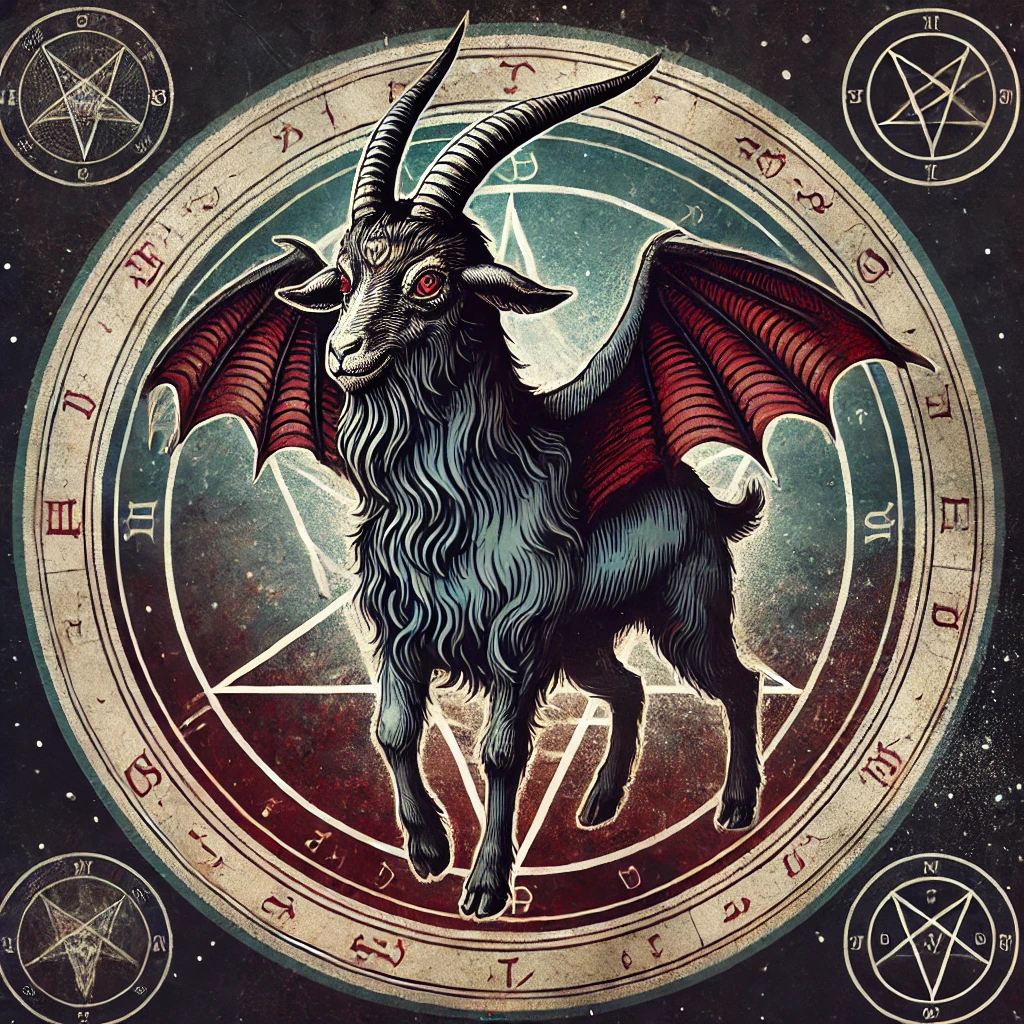
When my daughter was younger, she desperately wanted goats. That Christmas, my husband and I traveled across North Carolina to surprise her with two miniature Nubian goats. She was overjoyed. Watching them grow and eventually milking them was a delight for her.
However, goats weren’t always cute and cuddly. The older ones behaved well, grazing peacefully and coming home at night. But the younger male goat? He was a challenge. He climbed on cars, pooped on the porch, and escaped every pen we built.
This chaotic experience made me wonder: Why are goats associated with Satan? And why did Jesus refer to His followers as sheep and goats?
Characteristics of Goats
To understand the connection, let’s start with goat behavior. Goats are curious, playful, and independent. They love exploring and can even be affectionate. But they’re also stubborn and unruly, preferring freedom over guidance. Herding goats is notoriously difficult because they resist direction.
Now, think about Satan’s nature. Isn’t he also sly and independent, tempting us to ignore God’s guidance? His rebellion mirrors the traits we see in goats: stubbornness, defiance, and self-centeredness.
When Did Goats Become Associated with Satan?
The connection between goats and Satan dates back to ancient paganism. Greek mythology portrayed gods with animal characteristics. One such figure was Pan, the god of nature, chaos, and panic. Pan, with his goat-like features, symbolized untamed and wild forces.
The depiction of Satan as a goat emerged in Christian art around the 6th century. A mosaic in Italy showed Satan as a goat-like figure next to an angel separating sheep from goats, inspired by Matthew 25:31-46.
Later, the occult adopted the image of a goat. In 1861, French occultist Eliphas Levi created the now-famous image of Baphomet—a winged, goat-headed figure symbolizing duality and pagan spirituality. This imagery persisted and became the emblem of the Church of Satan, established in the 1960s.
From ancient mythology to modern cults, goats symbolized chaos, rebellion, and wildness—qualities often attributed to Satan.
Did Jesus Refer to Satan as a Goat?
No, Jesus never directly called Satan a goat. However, He used goats as symbols in His teachings.
In Leviticus 16:7-10, two goats were central to the Day of Atonement. One was sacrificed for sin, and the other, the “scapegoat,” carried the sins of Israel into the wilderness. This ritual showed how sin separates people from God just as Satan does.
In Matthew 25:31-46, Jesus used a parable to explain the final judgment. He compared sheep to the righteous who follow Him and goats to the unrighteous who reject Him. The sheep stood on His right hand, the place of blessing and favor. The goats, on His left, faced eternal separation and punishment.
This imagery reinforces a key message: rejecting God’s guidance, like the stubbornness of a goat, leads to spiritual separation.
How Mythology and Scripture Intersect
The idea of Satan as a goat is a blend of pagan imagery, mythology, and Christian teachings. While the Bible uses goats symbolically, it doesn’t equate Satan with a goat outright. Instead, cultural and religious interpretations over centuries have merged, creating this lasting association.
What Does This Mean for Us?
The story of goats and Satan serves as a reminder of choice. Will we live as sheep, following Christ’s guidance, or as goats, resisting His will?
Goats may be playful and endearing, but their defiant nature reflects our own struggles with rebellion and sin. Thankfully, God offers forgiveness and guidance to all who seek Him.
Interactive Element: Quick Quiz
What Do You Know About the Symbolism of Goats?
- Which Greek god was associated with goat-like features?
a) Apollo
b) Pan
c) Zeus
(Answer: b) - What biblical ritual used goats to atone for sins?
a) Passover
b) Day of Atonement
c) Feast of Tabernacles
(Answer: b) - In Matthew 25, where do the sheep stand?
a) On Christ’s left
b) On Christ’s right
(Answer: b)
Please subscribe to our YouTube channel at https://www.youtube.com/@PossibilityPluspm for inspiring videos
